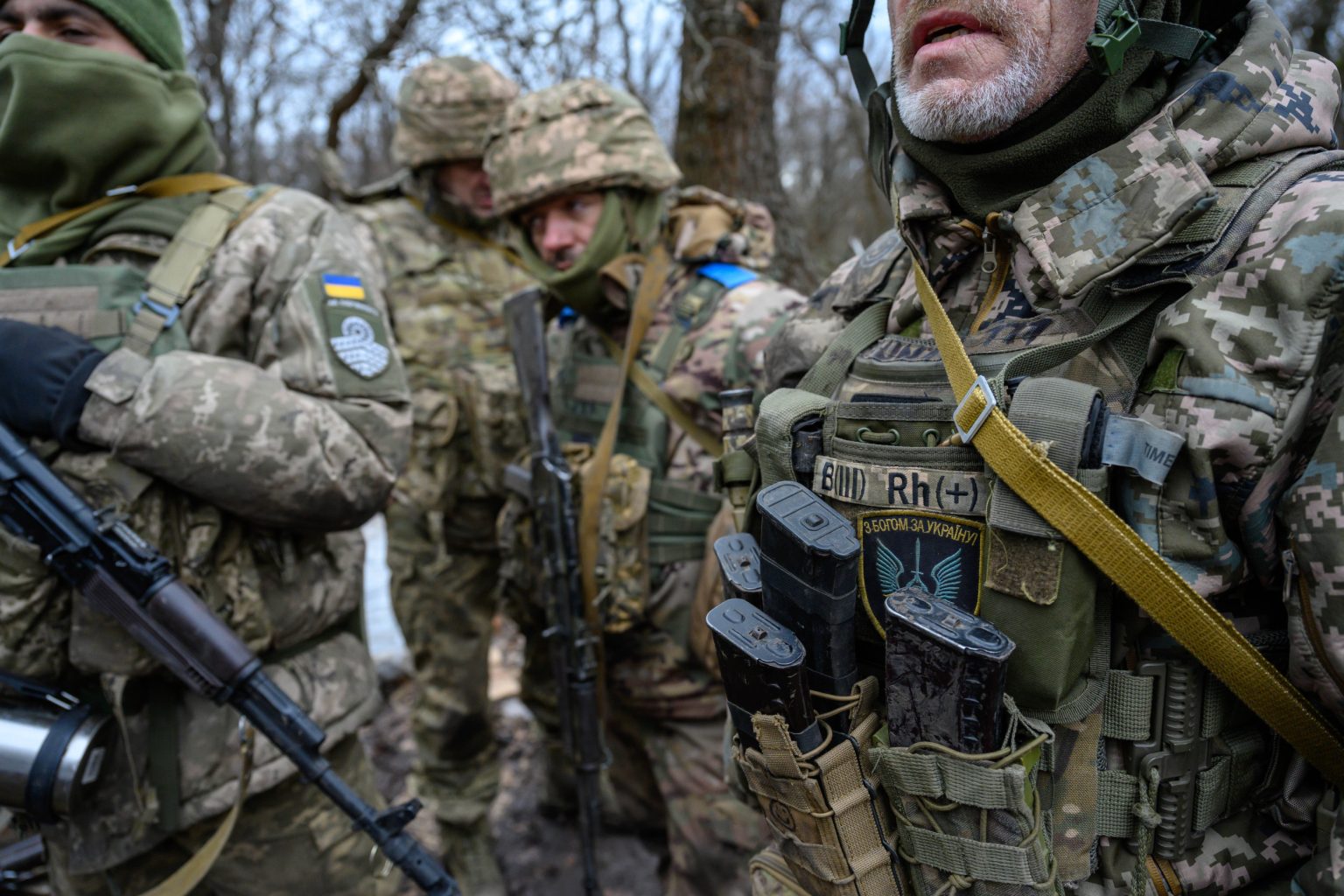The ongoing conflict between Russia and Ukraine has entered its third year, marked by a significant escalation in Russian casualties in 2024. General Oleksandr Syrskyi, Commander-in-Chief of the Ukrainian Armed Forces, reported a staggering 434,000 Russian casualties throughout the year, a dramatic increase from the estimated 252,570 casualties in 2023. This figure encompasses both killed and wounded soldiers, though the exact breakdown remains undisclosed by both sides. Syrskyi further emphasized the severity of the losses by stating that 2024 alone cost Russia more personnel than the previous two years of the conflict combined, attributing this surge to intensified assaults on key cities like Pokrovsk in the Donetsk region. These figures, while provided by the Ukrainian side, paint a stark picture of the human cost of Russia’s ongoing military campaign.
The reliability of casualty figures in wartime is always subject to scrutiny. Both Russia and Ukraine have been reticent about releasing detailed information on their own losses, leading to discrepancies and difficulties in independent verification. Ukraine’s daily updates on estimated Russian casualties have evolved over time, initially using the term “liquidated” before switching to “approximate losses of the enemy,” encompassing both killed and wounded soldiers. Russia, on the other hand, last officially updated its casualty count in September 2022, reporting 6,000 deaths. The significant disparity between the figures presented by each side underscores the challenges in obtaining an accurate assessment of the conflict’s human toll.
Despite the mounting casualties, Russia appears to be maintaining battlefield momentum, although these territorial gains have come at a heavy price. Moscow’s strategy of “meat assaults,” involving large-scale infantry offensives, has contributed to the elevated casualty count. While Russia claims its mobilization efforts are effectively replenishing troop numbers, the sustained high losses raise questions about the long-term sustainability of President Putin’s military campaign. Furthermore, Ukraine itself is grappling with manpower challenges, including troop shortages, mobilization issues, and reported desertions, further complicating the conflict’s trajectory.
The Institute for the Study of War (ISW) has analyzed the Russian military’s apparent willingness to accept such high casualty rates, particularly between September and November 2024. The ISW suggests that the Russian command prioritized territorial gains achieved through attritional warfare, even at the expense of substantial personnel losses. This calculated approach reflects a strategic decision to prioritize territorial objectives over minimizing troop casualties. The long-term implications of this strategy remain to be seen, but it underscores the brutal realities of the conflict.
The human cost of the war extends beyond the battlefield. In December 2023, Ukrainian President Volodymyr Zelenskyy revealed the devastating toll on Ukrainian forces, reporting 43,000 deaths and 370,000 injuries, acknowledging that this latter figure included soldiers who had been injured multiple times. These figures, though not recent, provide a grim reminder of the widespread suffering endured by both combatants and civilians caught in the crossfire. The conflict’s impact on families, communities, and the overall social fabric of both nations is profound and far-reaching.
Looking ahead, the high rate of Russian casualties is expected to persist. The ISW reported that Moscow is attempting to bolster its ranks by recruiting women into voluntary detachments, a move indicative of the ongoing strain on Russia’s military personnel. Meanwhile, Ukraine continues to grapple with its own manpower issues, with General Syrskyi acknowledging that current mobilization efforts are insufficient to meet the needs of the armed forces. Reports of arrests of Ukrainian commanders, potentially linked to issues like mass desertions, further highlight the complex challenges facing Ukraine’s military leadership. The enduring human cost of the conflict underscores the urgent need for a peaceful resolution, though the path to such an outcome remains fraught with uncertainty.

